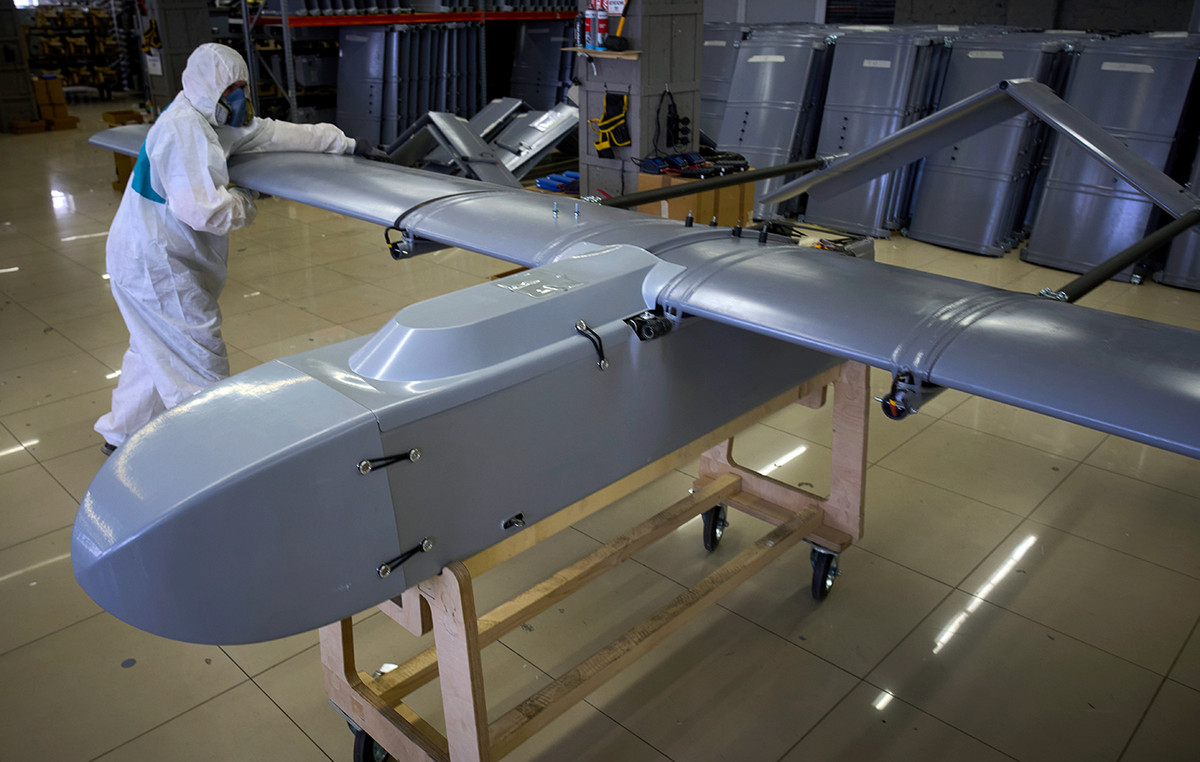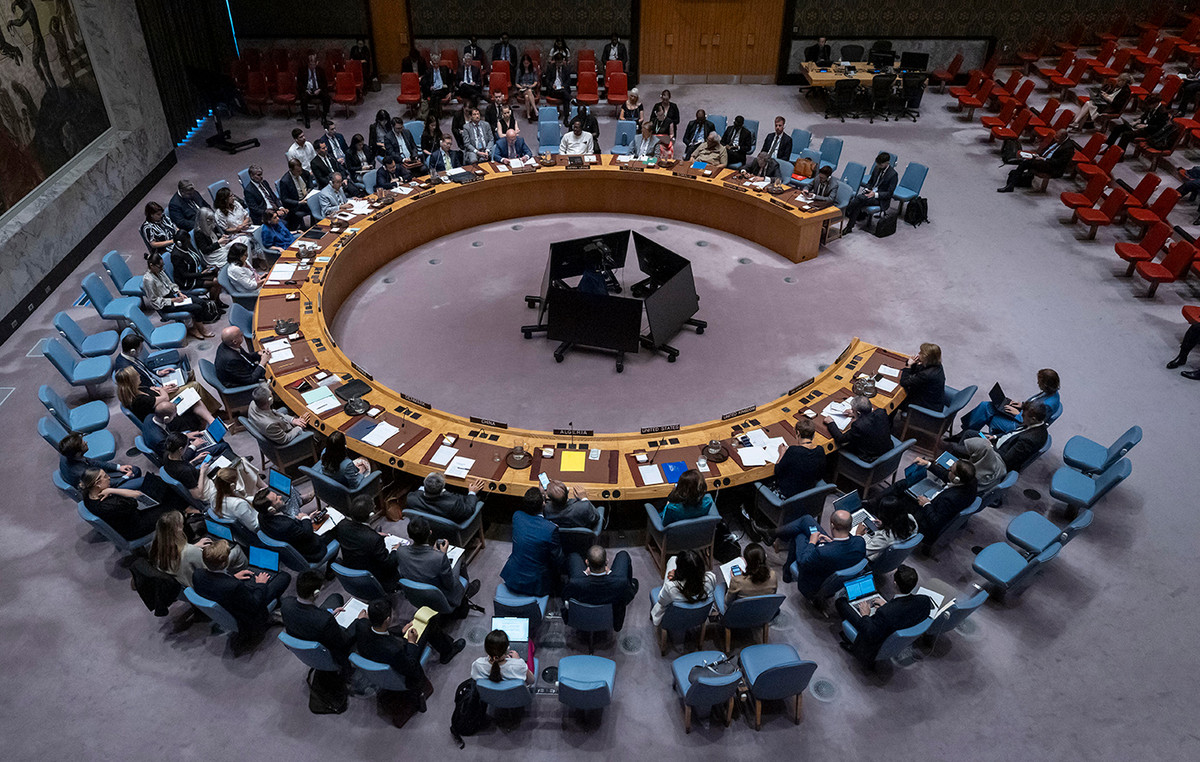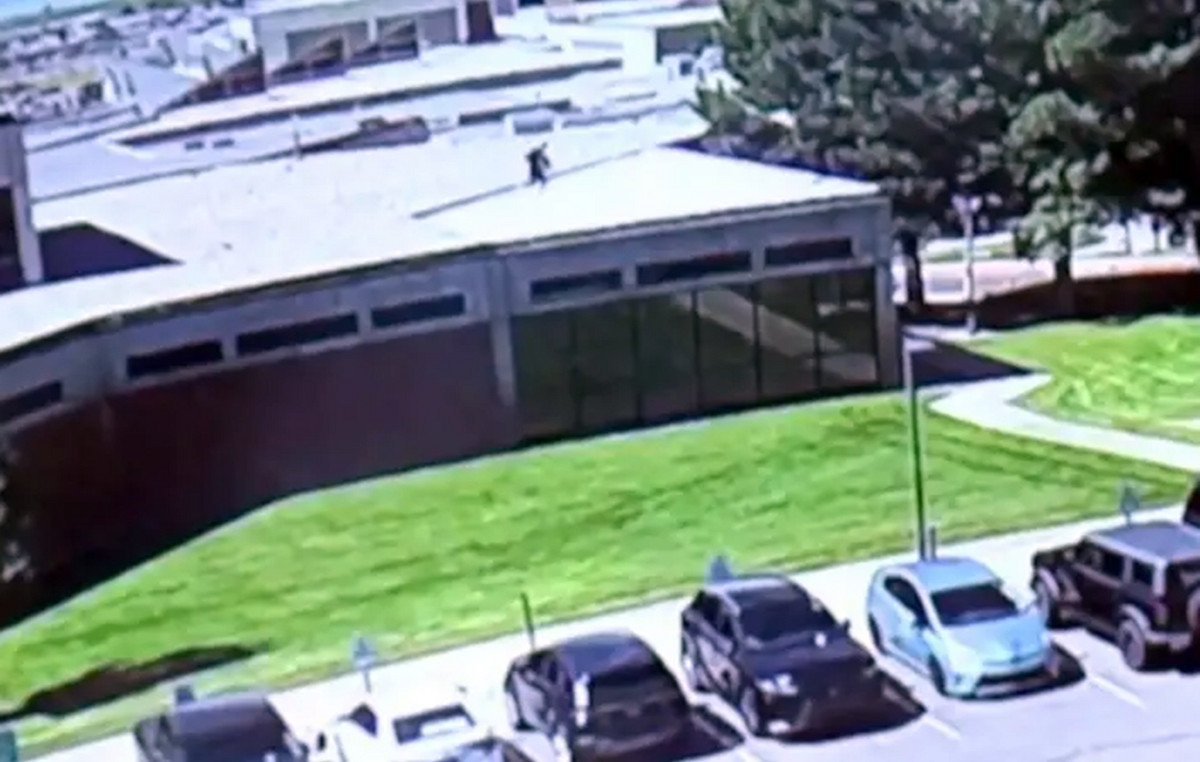After a year of record drought in the Amazon in 2023 and a weak rainy season, the region’s rivers have been decreasing rapidly since June, bringing threats of a new disastrous drought for this year .
Forecasts from the Brazilian Geological Service (SGB) for this year indicate that all rivers in the Amazon basin are very likely to fall below their historical minimums.
A combination of high temperatures and rainfall below the historical average, following an extremely dry year, bring the most pessimistic forecasts for the region.
“The rivers never recovered from last year’s drought, the rainy season this year was not strong, it did not compensate for the drought of 2023 and the high temperatures this year worsen the situation. The rivers are already drier than they were at this time last year,” says climatologist José Marengo, coordinator of Research and Development at the National Center for Monitoring and Alerts for Natural Disasters (Cemaden).
The researcher explains that more rain was expected in the second half of this year with the arrival of the La Niña phenomenon, with the above-normal cooling of the waters of the Pacific Ocean at the equator. This usually brings more rain to the North and drought to the South.
However, says Marengo, the waters of the Pacific have not yet cooled as expected, enough to cause a La Niña, which, combined with the lack of rain in 2023, brings a catastrophic situation for the Amazon.
“In normal droughts, the rivers have enough volume to carry food and small boats. But not now. They have dried up and people are isolated,” he says.
Creator of the concept of “flying rivers”, which transport moisture from the rainy season in the Amazon to the rest of the country, especially the cerrado and the Pantanal, the scientist explains that, if there is not enough moisture when November arrives, the flying rivers will have nothing to carry to the cerrado and the Pantanal, worsening the drought situation in these regions.
Marengo recalls that even the Southeast Region is affected, since most of the rivers that supply the Cantareira region, in São Paulo, originate in the Cerrado.
In general, most basins in the Amazon region have rates below or close to last year.
In the Solimões River, for example, in the Tabatinga region (AM), on the border with Peru and Colombia, the forecast is a 65% chance that the waters will reach the historic low of 2010. The Negro River, which flows through Manaus, which reached its lowest level in 2023, has a 16% chance of falling even lower this year. The Purus River has a 34% chance of falling below the four meters recorded last year.
According to SGB bulletins, rivers have been dropping rapidly throughout the region in recent weeks, and the effects of the drought are already beginning to be felt in riverside communities and in transportation in the region. The Solimões, Madeira and Purus river basins are below what is expected for the season.
On the 29th, according to Navy measurements, the Solimões River in Tabatinga was only 78 centimeters high. In Porto Velho, the Madeira River has been below two meters since July, and on the 28th it reached 1.95 meters. The river, which has two hydroelectric plants, Jirau and Santo Antônio, is still one of the main waterways in the North Region and transportation is already compromised. In August, according to the SGB, the river’s normal level is 5.3 meters.
According to the National Department of Transport Infrastructure (DNIT), the government has already begun dredging work on the Madeira River, in what are considered critical points. However, transport in the region is already compromised, with only shallow-draft vessels able to pass.
On the Amazon and Solimões rivers, DNIT reports, dredging works are still being contracted.
In Manaus, the Negro River is 19.53 meters deep, down from 23.42 meters at the same time in 2023 and is starting to worry businesspeople in the region. In June, the association of electronics producers in the free trade zone requested dredging work on the river for fear that the drought would, as it will in 2023, harm the transportation of products.
An analysis by consultancy Argus shows that the impact on water transport this year could be even greater than in 2023. Last year, the consultancy shows, the drought already prevented the movement of barges in the ports of Amazonas, and this year the forecast is for an even worse dry period.
“This situation should lead to a redirection of grain and fertilizer cargo in the coming months, causing them to be diverted to Itaqui and other ports in the South and Southeast of Brazil,” says an analysis by the consultancy. This change will likely lead to an increase in freight costs for producers.
Isolation
Throughout the region, entire communities are already isolated due to the lack of navigability of the rivers. In addition to damaging crops and fishing, the excessively low rivers prevent residents from getting around to buy food.
The Amazonas government has already declared a state of emergency due to drought in 62 municipalities in the state, and 77,500 families have already been affected by the lack of water and food.
In Rondônia, the state’s main rivers are at similar or lower levels than the same period last year, indicating a drought at least as severe as in 2023. According to the state’s civil defense, several regions of streams have dried up, leading to fish deaths and losses for riverside communities that live off fishing.
This content was originally published in Rivers dry up and the Amazon could experience drought like never before in history on the CNN Brasil website.
Source: CNN Brasil
I’m James Harper, a highly experienced and accomplished news writer for World Stock Market. I have been writing in the Politics section of the website for over five years, providing readers with up-to-date and insightful information about current events in politics. My work is widely read and respected by many industry professionals as well as laymen.







